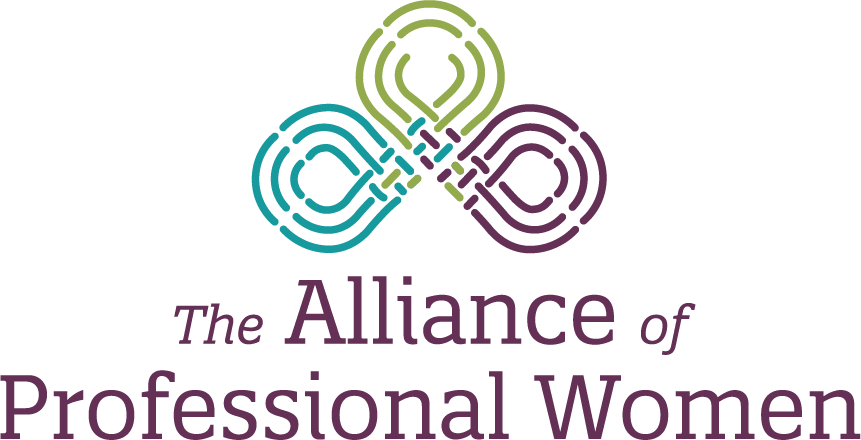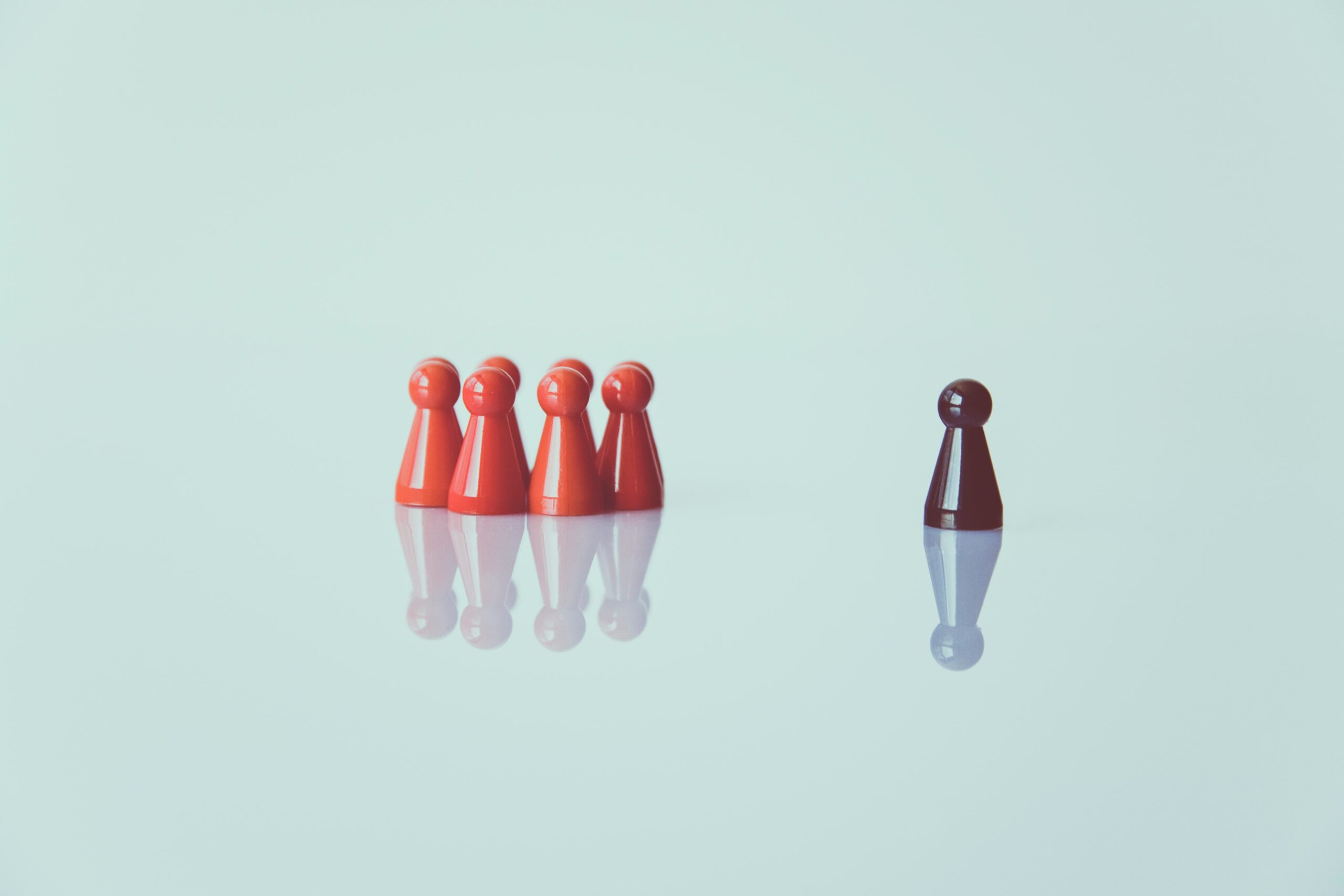1. Awareness of your biases is a start.
The real work is in recognizing the impact of acting on those biases. If you take sides based on automatic reactions to events without digging into what you truly believe and its impact, it is challenging to determine what can be done to work toward equitable solutions. Unfortunately, it will be the status quo – the dualistic state of Us vs. Them, which is not getting us anywhere except mired in the separateness that perpetuates the problems.
What you can do: Become aware of your automatic reactions, whether they are verbal or physical reactions. Question it by pausing and asking why and where you formed the belief and if it is really true. Then, ask if there is another way to respond.
2. Recognize the extremes of the dualistic Us vs. Them.
Unity is grown out of leaving the duality of Either/Or behind and looking at Both/And suggestions and solutions. Approaching an issue with a Both/And mindset allows for you to consider multiple perspectives and options that could help arrive at what could be “middle ground.” Unfortunately, fear of letting go of the My/Mine/Us/Ours is a huge deterrent to seeing the Both/And.
What you can do: Ask yourself, what am I afraid of losing? Is it true that I will lose? What are the possibilities of finding more equitable solutions?
3. Educate yourself
Continue educating yourself on historic racism in this country so that you can see that it is alive and real. The treatment of the people who protested the election and charged the Capitol revealed the harsh reality of the inequity of how people are treated because of race. The police presence was starkly different than the police presence during the protests after the killing of George Floyd, where police in riot gear responded with chemical sprays and rubber bullets. The initial response at the Capitol was not the same as the treatment during the BLM protests.
What you can do: One place to start is to imagine the depleted feeling you might experience in that situation if you are not white. Ask yourself what you can do to utilize any privilege you have to help raise others up and to address racist policies and procedures and practices.
Some ideas that you can use are:
(a) Speak up against racist comments (comments that exhibit the “belief that some people are inferior because they belong to a particular race”);
(b) Familiarize yourself with practices such as red-lining (“redlining came about in reference to the use of red marks on maps that loan corporations would use to outline mixed-race or African American neighborhoods.);
(c) Challenge the myth of meritocracy, which asserts that success in life is not influenced by race. Minority populations in this country are not given the same benefits and opportunities in education, healthcare, housing, etc;
(d) Acknowledge that systemic racism exists (“systems and structures that have procedures or processes that disadvantage African Americans.”); and
(e) Be willing to have conversations about race.
4. Practice mindfulness.
Mindfulness is a non-judgmental state of being that allows the opportunity for effective responses rather than automatic emotional reactions. The simple act of pausing and taking a big, deep breath is an incredible reset mechanism when emotions are running high. It is a way to emotionally regulate your system, and it works. I recently witnessed my 20-month old granddaughter, who was taught early on to practice patience and take deep breaths when she showed an excited impatience for something. Now, she actually resets herself without prodding by taking a deep breath. It was amazing to watch. If a toddler can do it, any of us can master the technique.
What you can do: Pause and take deep breaths.
In my book, Conscious Leadership in the Workplace: A Guidebook to Making a Difference One Person at a Time, published in 2016, I address the concepts and problems of duality and the unconscious and bias. Much work has been done on unconscious bias and its impact. By now, the concept is well known. However, there is much work to do to create change that promotes inclusion rather than perpetuate exclusion. The individual work must continue to work toward an anti-racist, equitable society. It is not a one and done task, it is a life-long journey.


